4. Honingham Earth Sheltered Social Housing. The UK’s first earth-sheltered social housing scheme.
Each two bedroom home has a high thermal mass superstructure, is super-insulated and orientated south. These characteristics have enabled reduction of total annual energy consumption by two thirds of conventional home usage.
5. Keldur Turf House in South-Iceland
I adore turf houses, also called sod houses, they are so typical Icelandic. So I think it is proper to write about the oldest turf house in Iceland, the historical farm of Keldur in South-Iceland. More details here…
Check here for information: Wikipedia
The Best Books About Earth Sheltered Homes:
The Fifty Dollar and Up Underground House Book by Mike Oehler
The Earth Sheltered Solar Greenhouse Book by Mike Oehler
Earth-Sheltered Houses: How to Build an Affordable Underground Home by Rob Roy
Building Underground: The Design and Construction Handbook for Earth-Sheltered Houses by Herbert Wade
Earth-Sheltered Houses is a practical guide for those who want to build their own underground home at moderate cost. It describes the benefits of sheltering a home with earth, including the added comfort and energy efficiency from the moderating influence of the earth on the home’s temperature (keeping it warm in the winter and cool in the summer), along with the benefits of low maintenance and the protection against fire, sound, earthquake, and storm afforded by the earth.

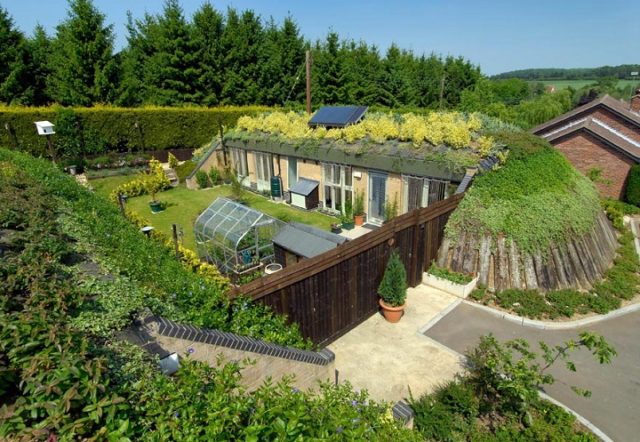
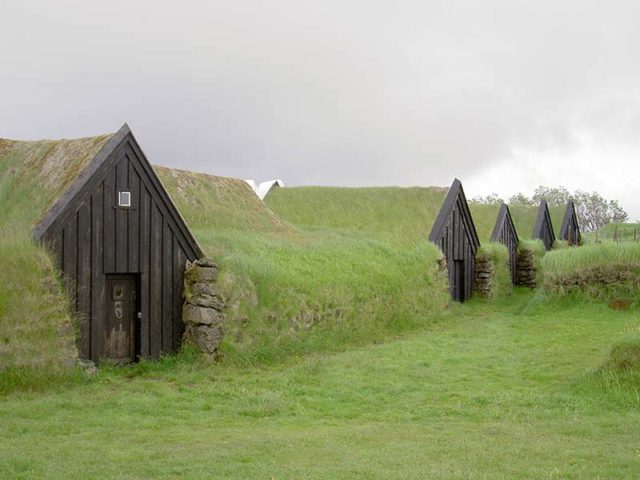













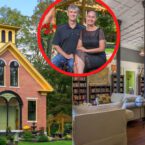
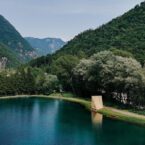
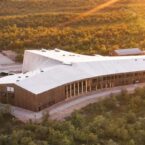

Ive built a strawbail house interested in sod houses but this is great
I think living at least partially underground is a super smart idea.
In Mexico, they are using old tires filled with soil and covered in Stucco. The insulation value of 2 1/2 to 3 feet of dirt is pretty good.
Interested in more info please.
Many ways to get their, PSP (post, shoring and Polly woks well where wood is plentiful, but earth bag domes foamed and coated buy a roofing contractor are hard to beat.
A poor mans shelter using pallets as the core of a small PSP system would work well.
We have houses like that now. They’re called “basements”. Ever lived in a basement? The last thing I want to do is live in a hole in the ground before my time. Not even.
I am seeing a lot of plastic being used to water proof everything and plastic insulation as well. My grandfather built the house that he lived in after ww1 until he passed in 1974. My uncle wanted to install wiring and what we found surprised us. My grandfather had used butcher paper covered in beeswax as a vapour barrier under the bat and board siding and the inside lathe and plaster and the wall was filled with rag wool for insulation. We also found the beeswax paper under the shakes on the roof too.
The house was pretty much 100% biodegradable. If you want a small environmental footprint, don’t use plastics.
That is valuable information. I had been wondering what to use. Very interested in the condition of the home after all those years.